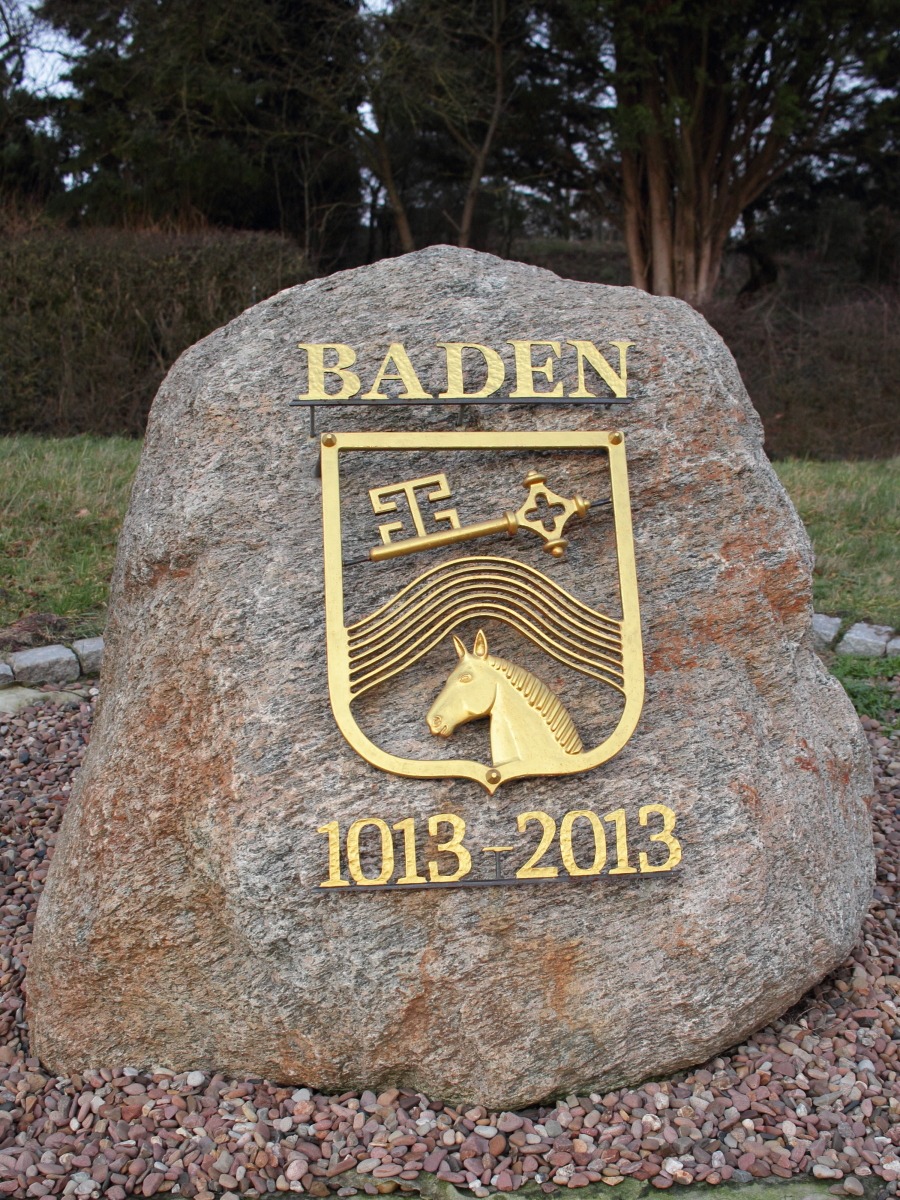Baden, Lower Saxony on:
[Wikipedia]
[Google]
[Amazon]
 Baden is a town near
Baden is a town near
Bremen
Bremen (Low German also: ''Breem'' or ''Bräm''), officially the City Municipality of Bremen (german: Stadtgemeinde Bremen, ), is the capital of the German state Free Hanseatic City of Bremen (''Freie Hansestadt Bremen''), a two-city-state consis ...
, in Lower Saxony
Lower Saxony (german: Niedersachsen ; nds, Neddersassen; stq, Läichsaksen) is a German state (') in northwestern Germany. It is the second-largest state by land area, with , and fourth-largest in population (8 million in 2021) among the 16 ...
, Germany
Germany,, officially the Federal Republic of Germany, is a country in Central Europe. It is the second most populous country in Europe after Russia, and the most populous member state of the European Union. Germany is situated betwe ...
. It is known to Africanists and Phoneticians as the place where Diedrich Hermann Westermann was born and died. It is a borough of the town of Achim
Achim (; Northern Low Saxon: ''Achem''), commonly Achim bei Bremen, is a municipality and the largest town (population 30,059 in December 2006) in the district of Verden, in Lower Saxony, Germany. It is situated on the right bank of the Weser, a ...
.
Baden is on the train line from Hanover to Verden to Bremen.
Baden's 1000th anniversary was celebrated in 2013.
Badener Mountains
The Badener Mountains are located in the town of Baden, Lower Saxony, which is a locality within Achim. The location is shaped by the Weser-Marsh to the west, and the collection of sand dunes of up to 40m high and the Badener-Moorland to the east. Until the 19th Century the area was only sparsely settled; the people lived by cultivating potatoes, breeding sheep, and working at the outlying factories inBremen
Bremen (Low German also: ''Breem'' or ''Bräm''), officially the City Municipality of Bremen (german: Stadtgemeinde Bremen, ), is the capital of the German state Free Hanseatic City of Bremen (''Freie Hansestadt Bremen''), a two-city-state consis ...
.
Hans Höppner observed about 200 of the 250 types of bees in Germany in Badener Mountains from 1898 until 1900.
Oil Camp
The Badener Oil Camp has been part of a bunker from the first World War. It was erected in 1917 by Jürgen Daybridge. It served as a shipping station for raw oil, heating oil, and fuel. It was put into 14 subterranean containers; the last containers have been scrapped, however. During theWeimar Republic
The Weimar Republic (german: link=no, Weimarer Republik ), officially named the German Reich, was the government of Germany from 1918 to 1933, during which it was a constitutional federal republic for the first time in history; hence it is al ...
, the oil camp was rented to an oil company. As part of the re-militarization of Germany in preparation for the second World War, the oil camp was built up and extended (to 36 containers). Although the camp got through the war intact, it was blown up by English occupying troops in 1946.
The Area remained in military use, and was made into a military practice ground for the German Federal Armed Forces in 1956, housing the Steuben-Kaserne/ Steuben-barracks, named after Friedrich Wilhelm von Steuben
Friedrich Wilhelm August Heinrich Ferdinand von Steuben (born Friedrich Wilhelm Ludolf Gerhard Augustin Louis von Steuben; September 17, 1730 – November 28, 1794), also referred to as Baron von Steuben (), was a Prussian military officer who p ...
as well as the local practice area. It used to be home to the 11th Flugabwehrregiment (AAA-Regiment 11) until the area was disbanded completely in 2003.
References